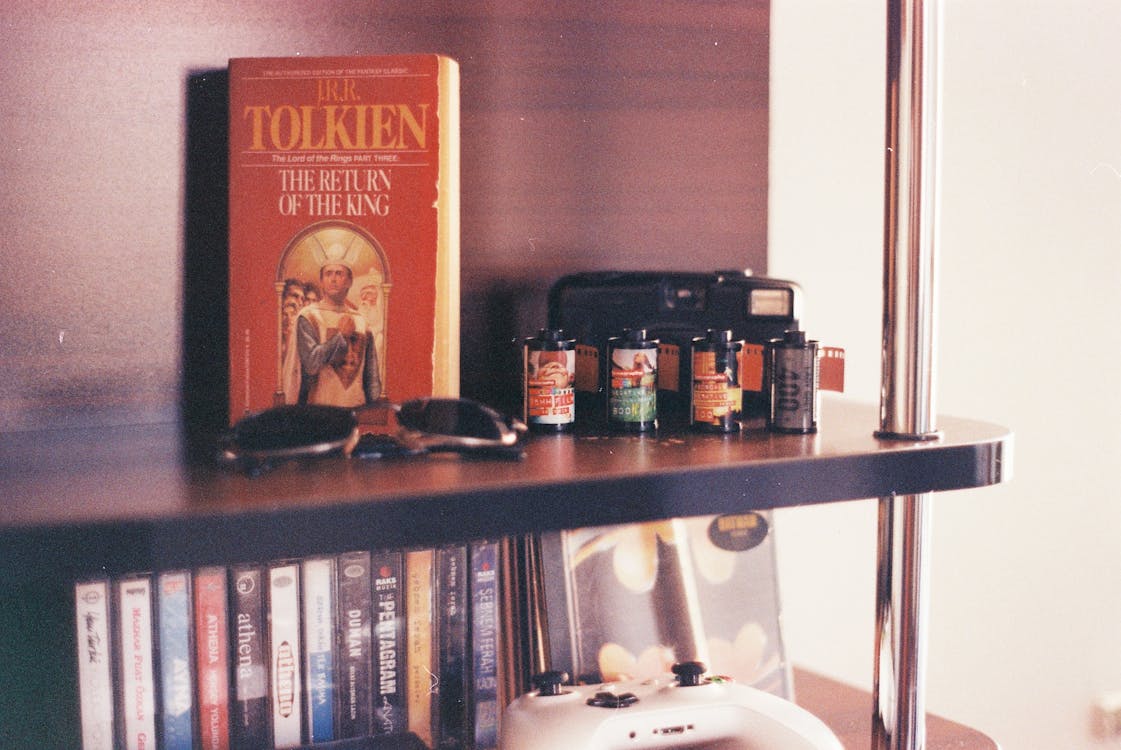The Return of Retro: Why Vintage Design Keeps Coming Back
Introduction: A Personal Reflection on Retro’s Resurgence
As a designer, I’ve always been fascinated by the cyclical nature of trends. Lately, I’ve noticed a significant resurgence of retro and vintage aesthetics in various design fields, from fashion to interior design. This revival isn’t just about nostalgia; it’s about reinterpreting the past to create something fresh and relevant for today’s audience.
The charm of vintage design lies in its ability to evoke emotions and memories. Whether it’s the bold patterns of the ’70s or the minimalist lines of mid-century modern furniture, these styles resonate with people on a deeper level. They offer a sense of comfort and familiarity in an ever-changing world.
In this article, I delve into the reasons behind the enduring appeal of retro design, exploring how and why it continues to influence contemporary aesthetics. Through personal observations and insights from industry experts, we’ll uncover the factors that make vintage design a timeless choice.
The Emotional Pull of Nostalgia
Nostalgia plays a significant role in the resurgence of retro design. In times of uncertainty, people often look to the past for comfort and stability. Design elements from previous decades can evoke fond memories and a sense of familiarity, making them appealing choices for modern consumers.
This emotional connection is evident in various industries. For instance, fashion brands are reissuing popular designs from the 2000s, tapping into the emotional resonance of that era to engage Gen Z and millennial consumers . Similarly, interior design trends are embracing vintage elements to create spaces that feel both nostalgic and contemporary.
The appeal of retro design isn’t limited to those who experienced the original era. Younger generations are also drawn to vintage aesthetics, often viewing them as unique and authentic alternatives to mass-produced modern designs. This cross-generational appreciation further fuels the popularity of retro styles.
Ultimately, the emotional pull of nostalgia makes retro design more than just a trend; it’s a way for people to connect with the past while expressing their individuality in the present.
Sustainability and the Appeal of Timelessness
In today’s environmentally conscious society, sustainability has become a key consideration in design choices. Vintage and retro designs align with this ethos by promoting the reuse and repurposing of existing items, reducing the demand for new resources.
Vintage furniture and decor are often built to last, making them durable and eco-friendly options compared to many modern alternatives . By investing in quality, timeless pieces, individuals not only create stylish spaces but also contribute to a more sustainable future.
Moreover, the timeless appeal of retro design means that these pieces can transcend fleeting trends. Their enduring style ensures they remain relevant and cherished for years to come, reducing the need for frequent replacements and minimizing waste.
Embracing vintage design is not just a nod to the past; it’s a conscious choice that reflects a commitment to sustainability and a desire for lasting beauty in our environments.
Technological Advancements and Retro Reinterpretation
While retro design draws inspiration from the past, modern technology has allowed for innovative reinterpretations of vintage aesthetics. Advancements in materials, manufacturing processes, and digital tools enable designers to blend classic styles with contemporary functionality.
For example, the resurgence of 1990s kitchen design trends in 2025 showcases how designers are giving these retro features modern updates . Stainless steel, once a hallmark of utilitarian kitchens, is now favored for its sleek, durable, and sustainable appeal. Glass-fronted cabinets have re-emerged, particularly in fluted or reeded styles that blend elegance with practicality.
In graphic design, vintage elements like Art Deco patterns and retro typography are being reimagined using digital tools, allowing for precise and versatile applications across various media . This fusion of old and new creates designs that are both nostalgic and innovative.
By leveraging technology, designers can honor the essence of retro styles while adapting them to meet contemporary needs and preferences, ensuring their continued relevance in the modern world.
Cultural Cycles and the Influence of Media
Design trends often follow cultural cycles, with styles from previous decades periodically returning to prominence. Media and popular culture play significant roles in these revivals, reintroducing vintage aesthetics to new audiences.
Television shows, movies, and social media platforms frequently showcase retro styles, sparking renewed interest and inspiring contemporary interpretations. For instance, the popularity of period dramas and retro-themed content has led to a resurgence of vintage fashion and interior design elements.
Additionally, the rise of digital platforms has made it easier for individuals to discover and share retro-inspired designs, further fueling their popularity. Online communities and influencers often celebrate vintage aesthetics, encouraging others to embrace these styles in their own lives.
As media continues to draw from the past, it perpetuates the cyclical nature of design trends, ensuring that retro styles remain a dynamic and influential force in contemporary culture.
Conclusion: Embracing the Past to Shape the Future
The enduring appeal of retro design lies in its ability to connect us with the past while offering fresh perspectives for the present. Through nostalgia, sustainability, technological innovation, and cultural influences, vintage aesthetics continue to inspire and captivate.
As designers and consumers, embracing retro styles allows us to create spaces and products that are rich in character, environmentally conscious, and emotionally resonant. By honoring the past, we can craft designs that are timeless, meaningful, and reflective of our evolving identities.
